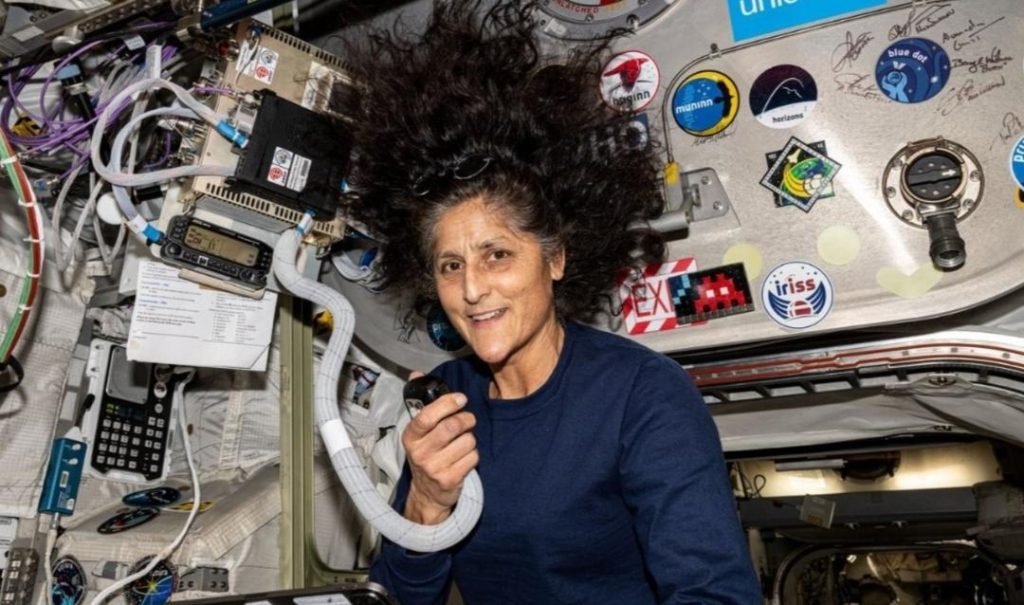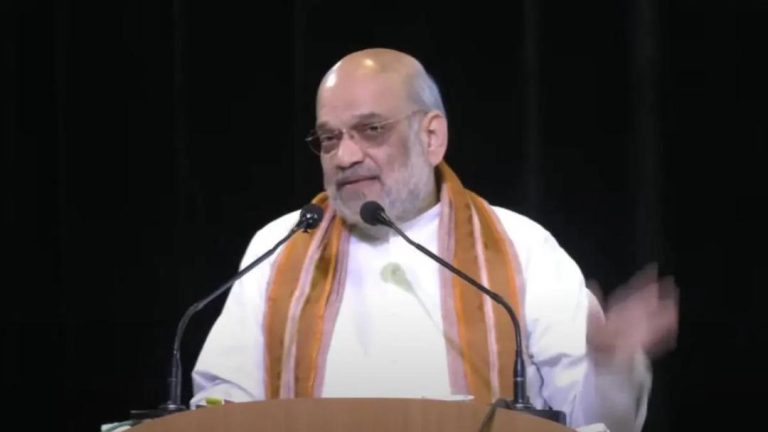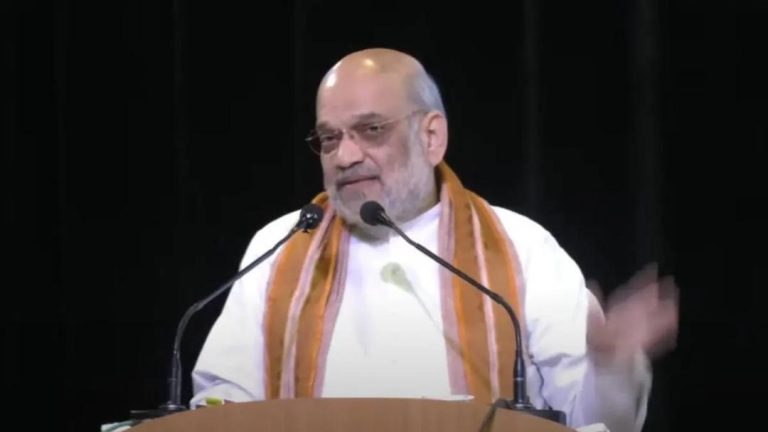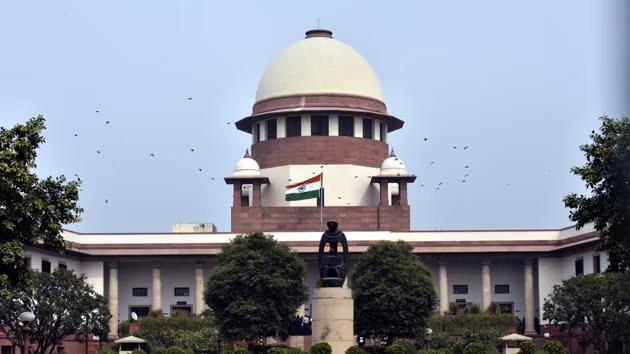
What Scientific Milestones Were Achieved by Williams & Her Team?
The International Space Station (ISS) has been a hub for scientific research and experimentation in space for decades. NASA has listed several scientific milestones achieved by the crew of Expedition 57, which included astronauts Nick Hague, Butch Wilmore, Sunita Williams, and cosmonaut Aleksandr Gorbunov. The crew’s mission was filled with a wide range of scientific experiments, from plant-related studies to capturing images of Earth from space.
Plant-Related Studies
One of the key areas of focus for the crew was plant-related studies. The crew conducted experiments to learn more about how plants grow in space, and how this can impact future long-duration space missions. The experiment, known as “Veggie,” aimed to test the feasibility of growing plants in space using hydroponics. The crew grew a variety of crops, including radishes, lettuce, and zinnia flowers, and studied how they responded to different growing conditions.
The results of the experiment were significant, as they showed that plants can thrive in space using hydroponics. This has major implications for future space missions, where growing one’s own food can be a crucial aspect of sustainability. The experiment also demonstrated the potential for growing crops in space using a controlled environment, which can help to mitigate the effects of microgravity on plant growth.
Capturing Images of Earth
Butch Wilmore, one of the astronauts on the crew, was tasked with capturing thousands of images of Earth from space. This was part of a larger effort to monitor urban growth, climate change, and natural disasters from space. Wilmore used a specialized camera to capture high-resolution images of the planet, which were then used to create detailed maps and charts.
The images captured by Wilmore were incredibly detailed, showing everything from city streets to natural landscapes. The crew also used the images to monitor changes in the Earth’s climate, including the effects of deforestation and pollution. The images were also used to track natural disasters, such as hurricanes and wildfires, and to provide emergency responders with critical information.
3D Printing of Implantable Medical Devices
The crew also tested the feasibility of 3D printing implantable medical devices in microgravity. This experiment, known as “3D Printing in Space,” aimed to demonstrate the potential for 3D printing in space, and to develop new technologies for creating medical devices.
The crew used a 3D printer to create a variety of medical devices, including surgical guides and implantable devices. The devices were then tested and evaluated to determine their effectiveness and durability. The results of the experiment were promising, as they showed that 3D printing in space is possible and can produce high-quality medical devices.
Astronaut Health
In addition to the scientific experiments, the crew of Expedition 57 also focused on astronaut health. The crew conducted a variety of experiments to learn more about the effects of long-duration spaceflight on the human body. These experiments included studies on sleep patterns, vision, and cardiovascular health.
The results of the experiments were significant, as they provided valuable insights into the effects of spaceflight on the human body. The data collected during the mission will be used to develop new technologies and strategies for protecting astronaut health during long-duration space missions.
Fire on the ISS
Unfortunately, the mission was not without its challenges. The crew experienced a fire on the ISS during their stay, which was caused by a malfunctioning electrical cable. The fire was quickly extinguished, and the crew was not injured. However, the incident highlighted the importance of safety and emergency preparedness in space.
Conclusion
The crew of Expedition 57 achieved a wide range of scientific milestones during their mission to the ISS. From plant-related studies to capturing images of Earth, the crew demonstrated the potential for scientific research and experimentation in space. The crew’s work also highlighted the importance of safety and emergency preparedness in space, and provided valuable insights into the effects of long-duration spaceflight on the human body.
The mission was a significant achievement for NASA and the ISS, and demonstrated the potential for scientific research and experimentation in space. The results of the experiment will be used to develop new technologies and strategies for future space missions, and will help to pave the way for future scientific discoveries.
News Source:






